Affiliate links on Android Authority may earn us a commission. Learn more.
Looking ahead: what we'd like to see in the smartphone world in 2018
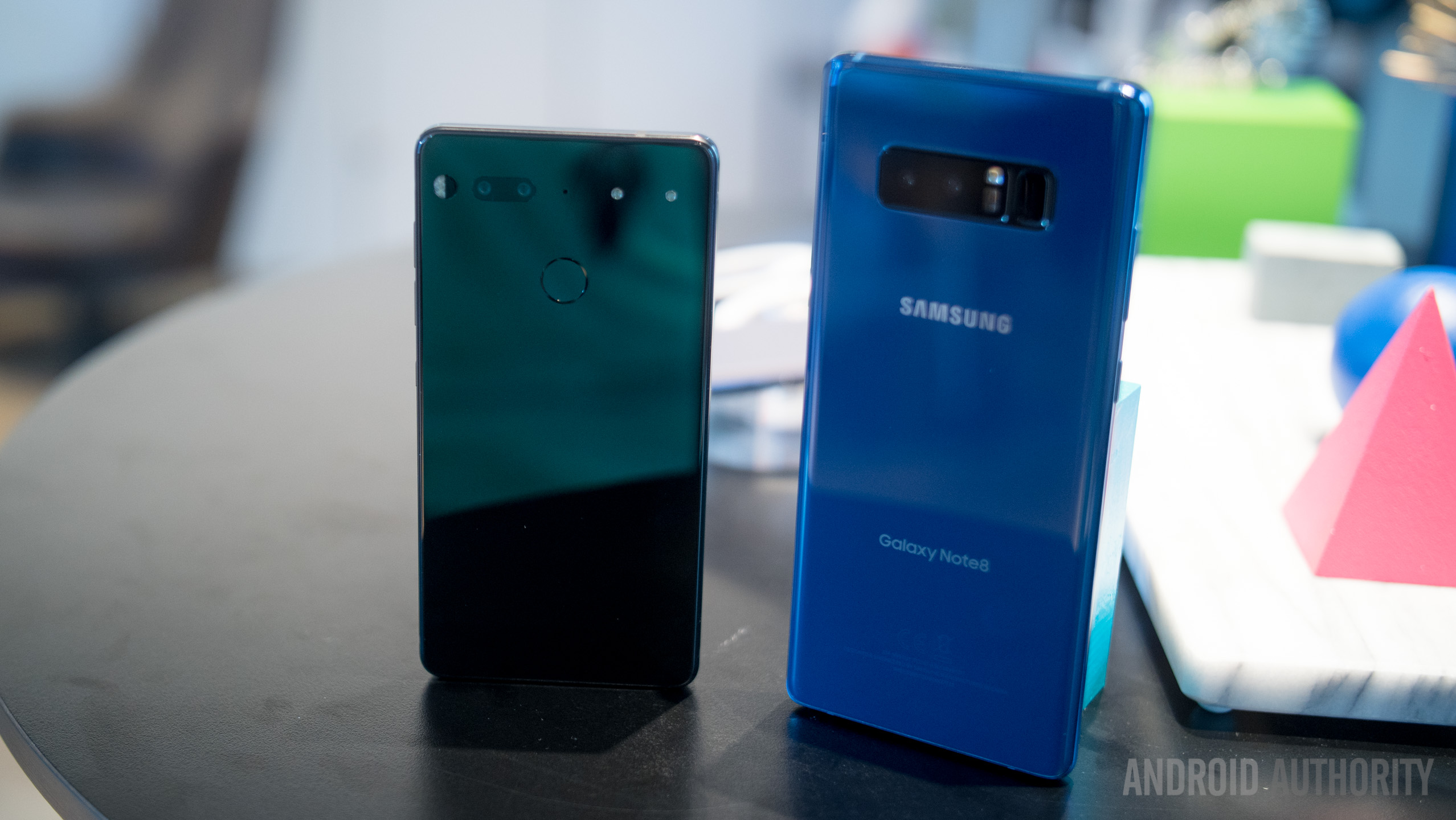
2016 was a great year to be a smartphone fan. 2017 was even better.
Smartphone displays are now narrower and taller than before, and the cameras in our pockets now rival some DSLRs. We also saw some zany, wild smartphone designs, more OEMs adopting dual-camera setups, and a bigger focus on design quality (even if that means $1,000 smartphones).
But there’s always room for improvement! Here’s what we’d like to see in 2018.
Design innovation

Smartphone design changed a lot in 2017. It was the first year we saw 18:9 aspect ratio displays, and now phones with more traditional 16:9 screens are becoming scarcer. Those stretched-out screens are also resulting in less bezel, which can be good or bad depending on how you use your smartphone. This past year we also saw the introduction of the notch, prominently displayed on the iPhone X and Essential Phone. We even got a smartphone with a 120 Hz display.
Phones are getting sleeker and more innovative, and in 2018, we don’t want that innovation to stop.
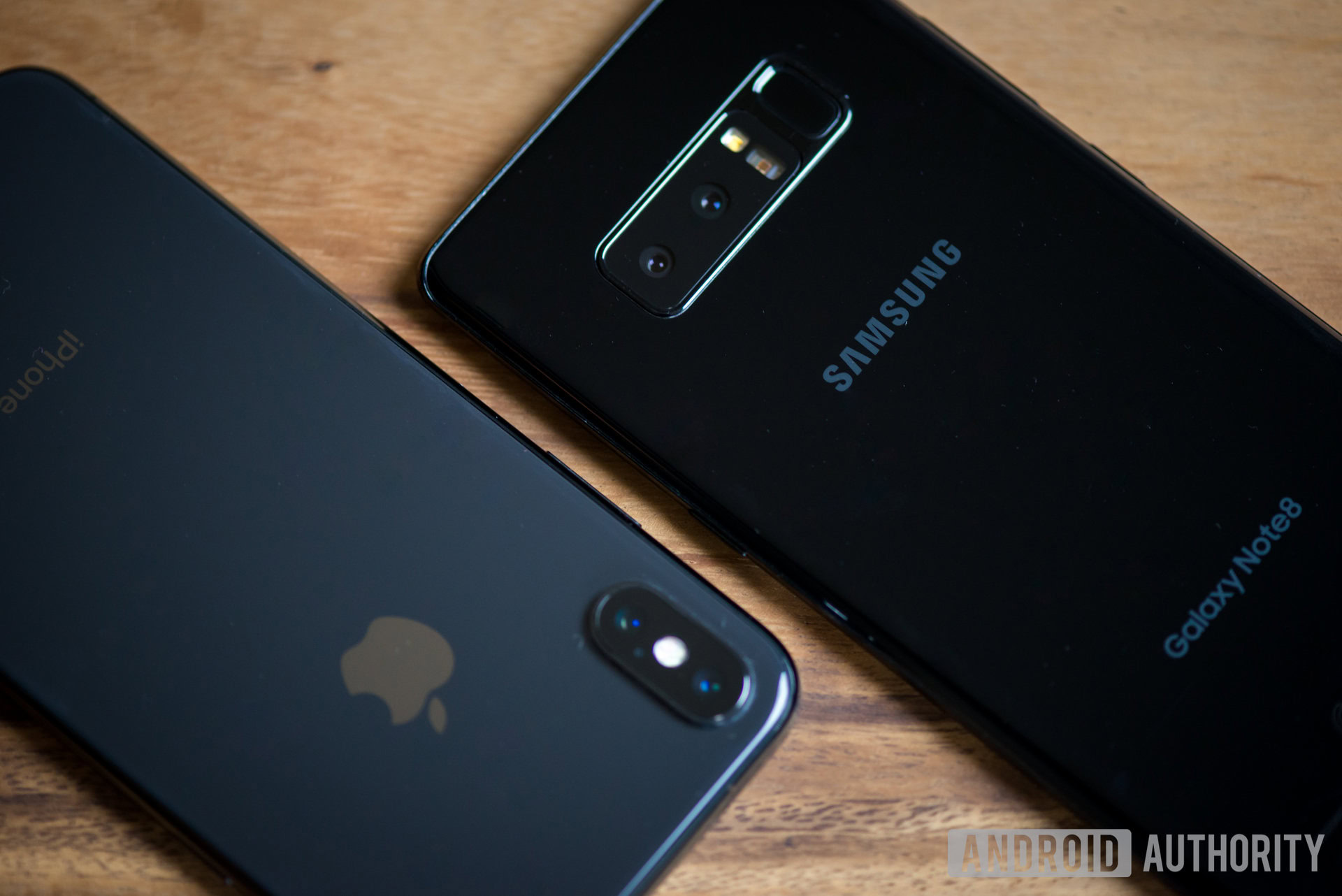
We want to see manufacturers push the boundaries as to what a smartphone can be; more crazy stuff like the foldable Axon M or titanium-clad, near-bezel-less Essential Phone. We want phones that can shoot Nerf darts and make lattes. Okay, maybe not, but you get the idea. Crazy, wild ideas are what keep the smartphone world interesting.
Should we accept the plain candy bar phone design as peak smartphone? Maybe for the masses. But hopefully this time next year we’ll be able to talk about all the foldable smartphones that launched in 2018.
If manufacturers are having trouble coming up with new phone designs, there are still a few ways they can innovate beyond smartphones:
Thinking outside the box
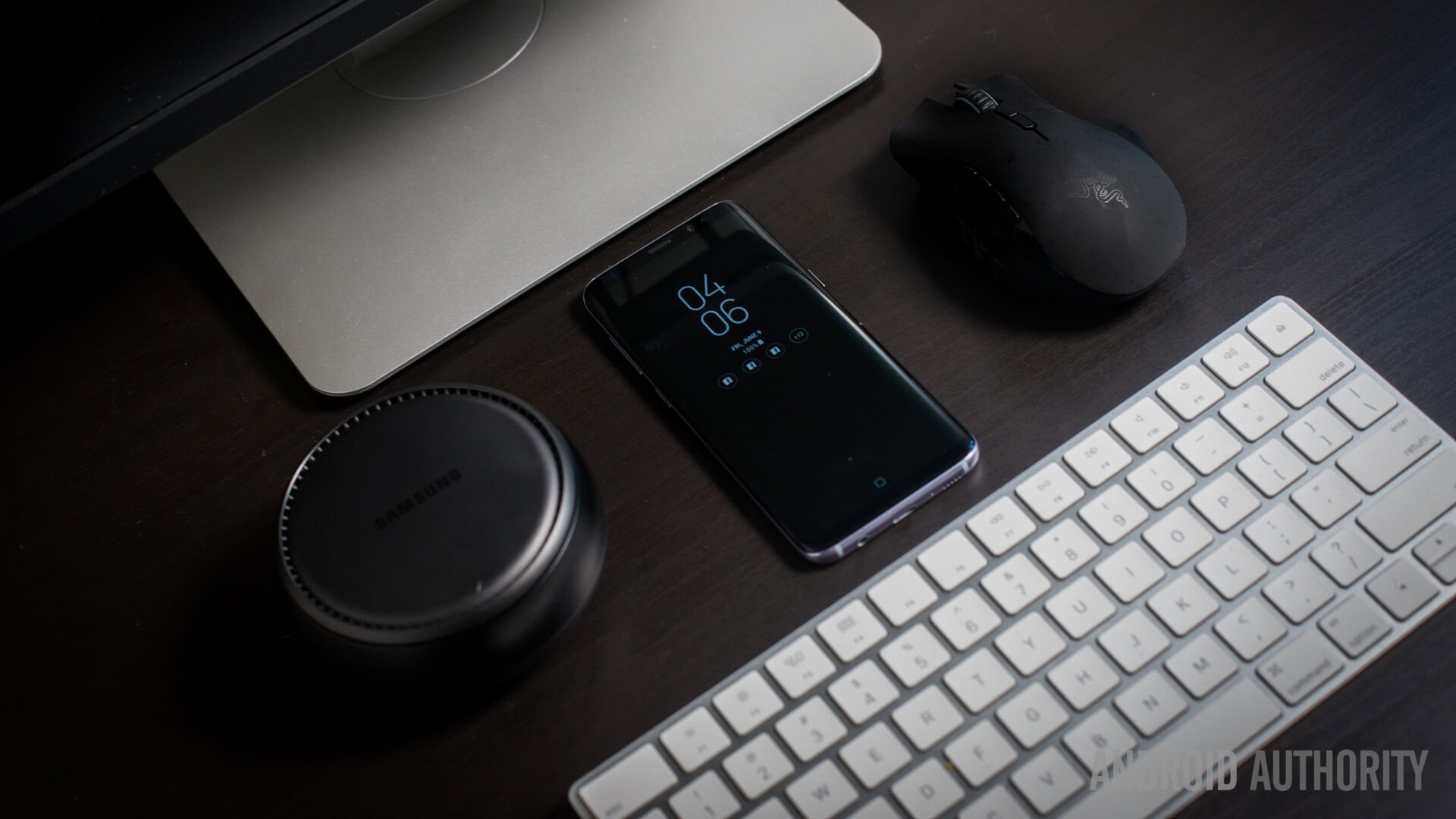
Seeing as most of the affordable phones on the market can perform the same basic functions as the $1,000 phones, OEMs need to think of new ways to entice users into their ecosystems. In 2018, that could mean new products that enhance the functionality and go hand-in-hand with our mobile devices.
Samsung’s DeX was one of the most underrated product launches of 2017. For $150, you can plop your Galaxy smartphone into the dock and use it as a desktop computer. It wasn’t perfect, but it was a novel idea with a great execution.
Samsung isn’t alone in this space, either. Huawei launched an awesome feature with the Mate 10 and Mate 10 Pro that essentially does the same thing as DeX without the dock. All you need is a USB Type-C to HDMI cable and you can turn your Mate device into a computer.
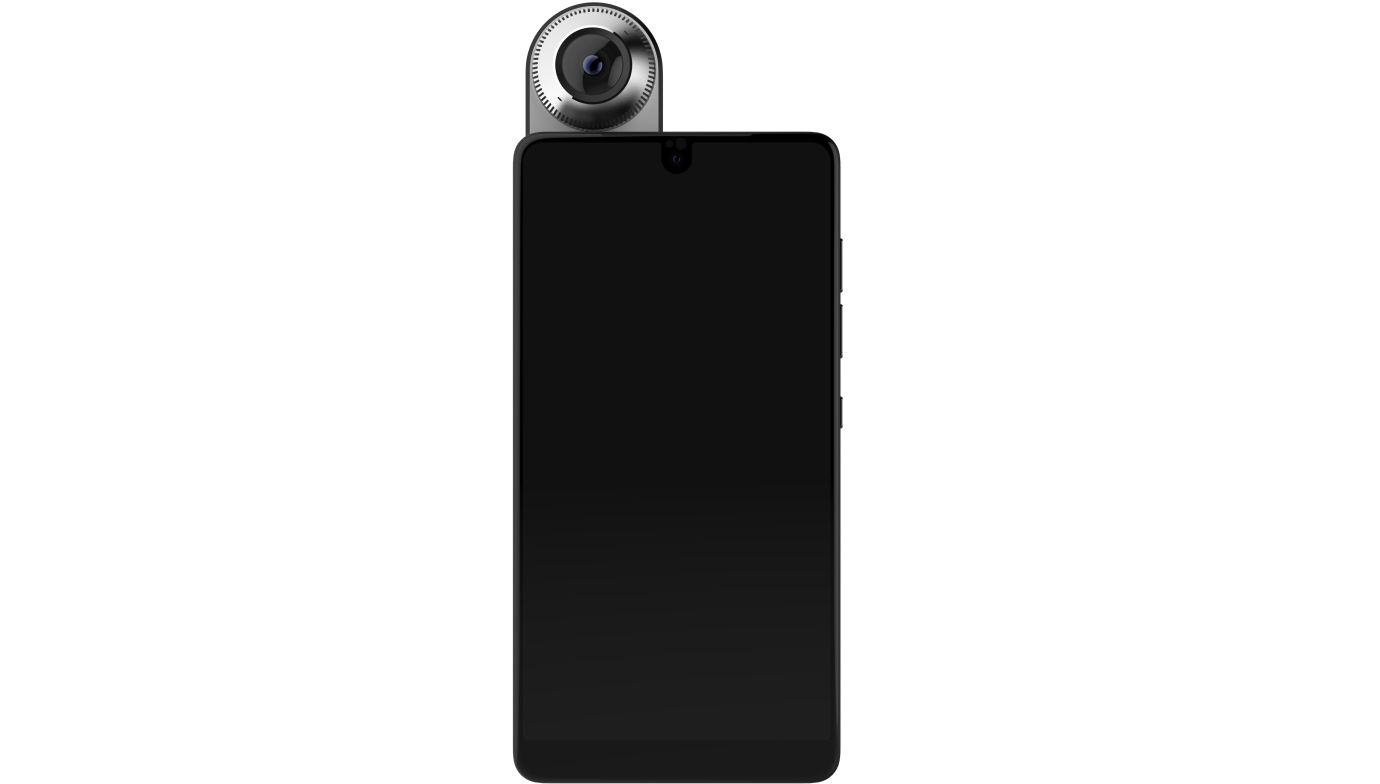
When talking about cool things that connect to your phone, let’s not forget Moto Mods. Some of them might be difficult to justify for the price, but there are some really cool ideas out there. Do you want to print Polaroid pictures from your phone? Check. Record 360 video? Check. There are plenty more coming down the pipeline, too. I don’t own a Motorola phone, but Moto Mods certainly keep me excited for the future of the company’s smartphone lineup.
The Essential Phone does something like this too, but there’s only one add-on accessory for it right now: a 360-degree camera. Essential says a charging dock and high-end audio accessory are on their way, though we still don’t know when those will come to market.
These are the products that keep the mobile world interesting. We’re getting to the point where we can almost predict what new processors, screen technology, and software flourishes each manufacturer will launch with their new phones, so it’s nice to see some companies thinking outside the box.
More transparency from manufacturers
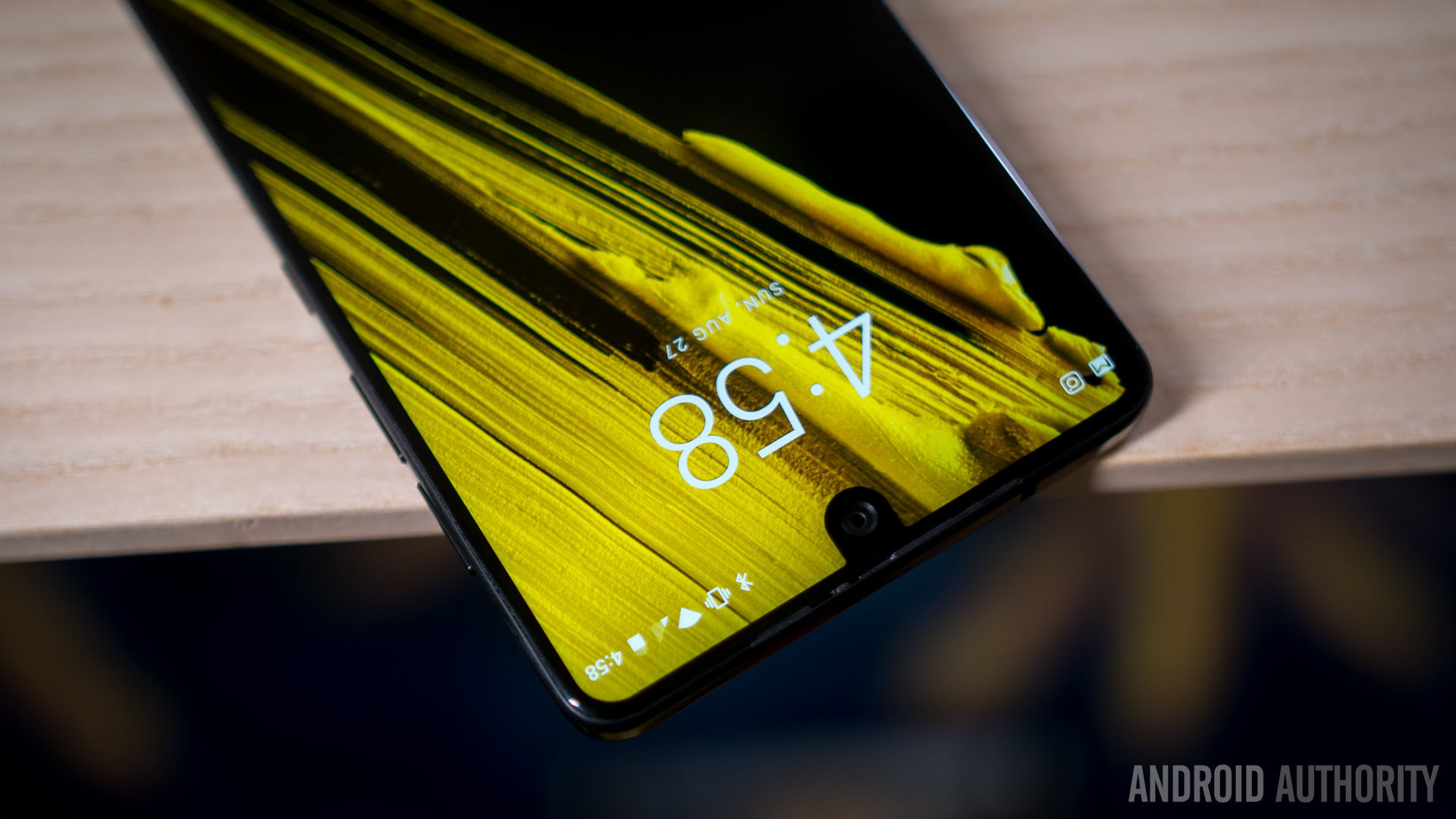
When you buy a new smartphone, it’s an investment. Not only is it literally an investment of money, but you’re also investing in the company that made your phone. When those companies don’t keep you up to date on software updates and shipping times it can be super frustrating — especially if you’ve just spent $1,000 on a smartphone.
One OEM in 2017 is getting an A+ in my book when it comes to communication and transparency: Essential.
Ever since the Essential Phone first came to market, the company made it a point to hold bi-weekly AMAs on Reddit to answer any questions its users may have. In the AMAs, Essential customers get the opportunity to ask Essential execs about anything: camera updates, software update timelines, when new colors will come to market, why Essential made certain decisions when making its phone. It’s a great way for Essential to show customers it cares.
A lack of transparency and communication can be frustrating— especially if you've just spend $1,000 on a smartphone.
Andy Rubin also touched on transparency in a recent interview with Time, when asked how he plans to prevent shipping delays in the future:
“If you were a fly on the wall in the Apple or Samsung boardroom, or anywhere else, they don’t publicly announce their delivery timeframes until they’re ready to announce the product. I do that. I’m a startup company. I like being transparent.I want to make sure we’re shipping a quality product. I want to be relatively transparent. I don’t think secrecy helps garner any trust in a company. I want to have a more conversational relationship with my customers. And they have to understand that if I’m two or three weeks late, that’s not a big deal in the grand scale of we started designing these products two years ago. And I think the only difference between us and the rest of the industry is we told people.”
Transparency is going to be way easier and more important for smaller phone brands to focus on. Essential and OnePlus aren’t Samsung or LG, and they have relatively small user bases. They need to take the best care of that user base to make sure it doesn’t vanish.
It’s not that Samsung or LG don’t care about their customers—they do. But expecting them to keep all bajillion of their customers up to date on software updates and shipping delays is way harder. That doesn’t mean they shouldn’t try, though.
Keep listening to consumers
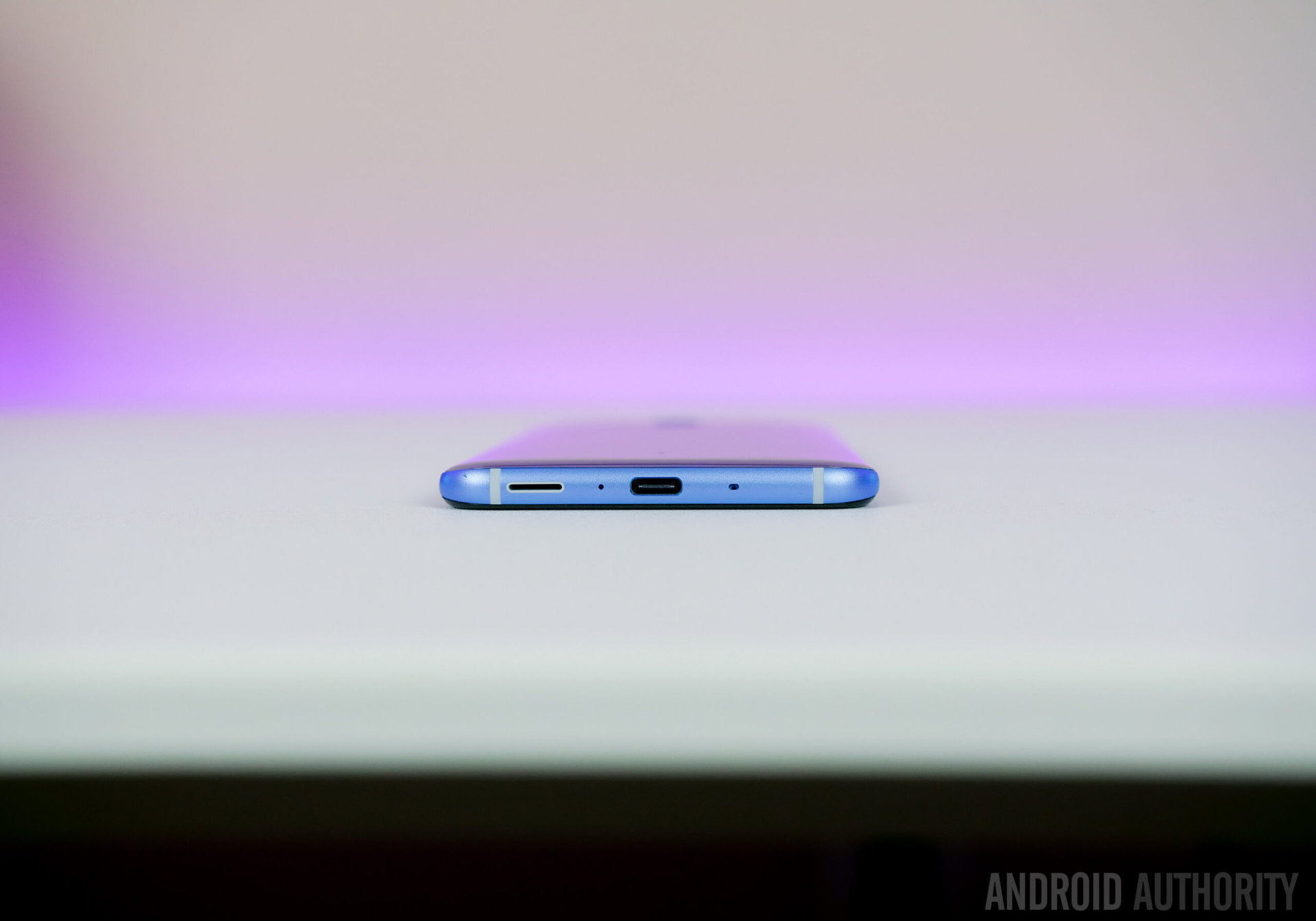
We’re not going to go through all the pros and cons of removing the headphone jack from our smartphones, or why it was a terrible idea. Its removal was perhaps the biggest consumer snub of 2017.
The removal of the headphone jack was perhaps the biggest consumer snub of 2017.
This past year, many OEMs followed Apple’s lead and removed the headphone jack from their 2017 smartphones. They didn’t have to and consumers certainly weren’t asking for it.

In fact, once Apple ditched the 3.5 mm plug, consumers all around the world announced their distaste for Apple’s decision. Sure, some folks were okay with it, but many people weren’t. So what did Google, HTC, Essential, and Razer do? For some reason, they all launched phones sans-headphone jack.
We need to give credit where credit is due — LG, Samsung, and OnePlus‘ new smartphones still have the headphone jack, and OnePlus has particularly made it a point to listen to its customers this year.
It’s just hard to wrap understand why so many OEMs decided to ignore consumers. In 2018 we don’t want anything like this to happen again.
Wider eSIM adoption
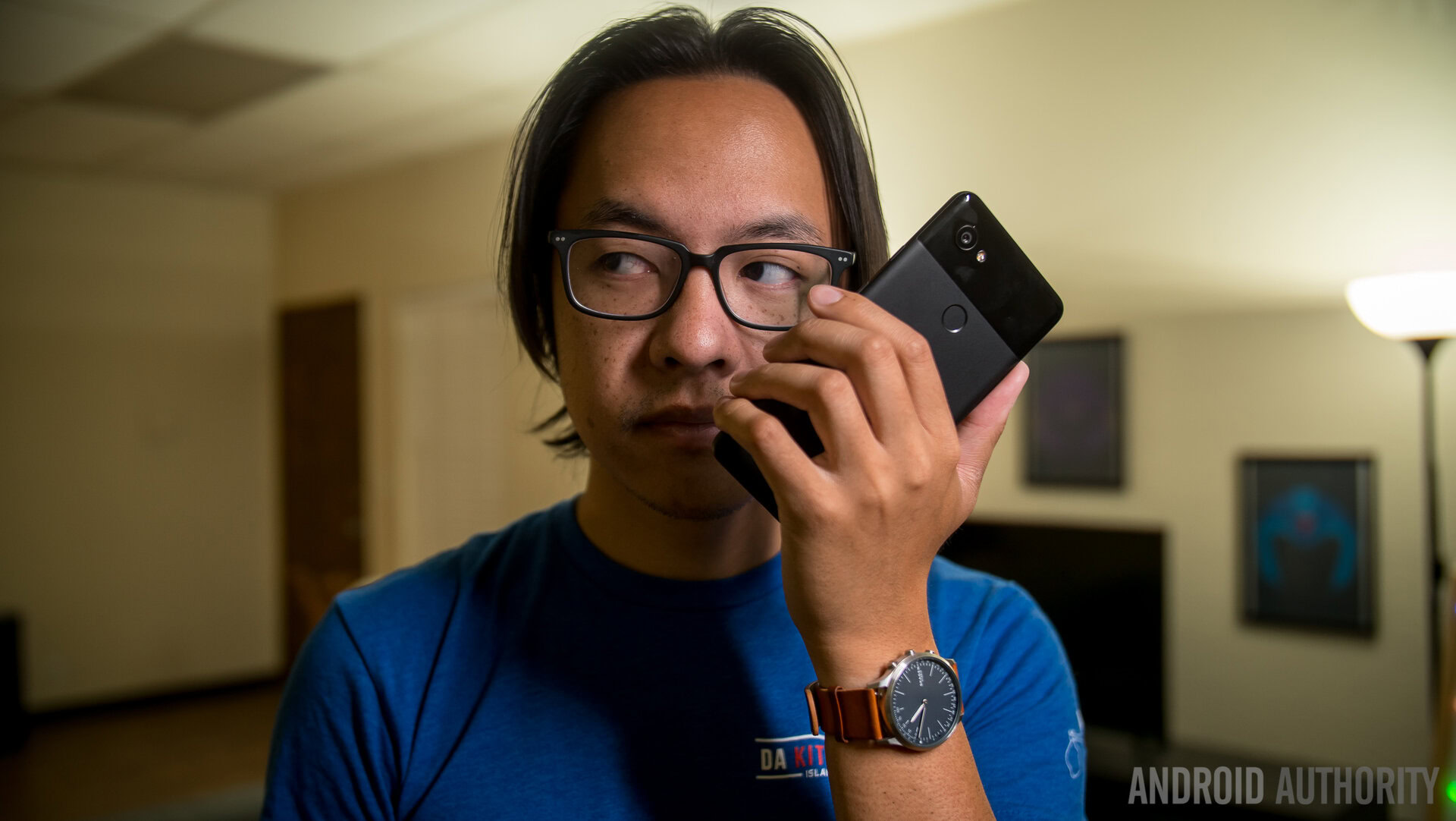
When Google debuted the Pixel 2 and Pixel 2 XL this year, the company mentioned that both devices have built-in eSIMs to authenticate users’ cellular accounts. That means as long as you have Project Fi, you don’t need to use a physical SIM card.
This technology has existed in LTE-enabled tablets and smartwatches in the past, but never inside smartphones. Essentially, the new Pixels have an embedded SIM which doesn’t need to be physically removed from the phone. When more carriers and smartphones jump on board with eSIM, you’ll be able to go to your settings menu, select the carrier to which you want to connect, and that’s it.
Who knows, we could be living in a SIM card-less world in a few years.
That’s pretty awesome, and it’s the future. Unfortunately the only carrier that supports it is Project Fi, but Google says it’ll share what it learns during this process to encourage the adoption of the technology with OEMs and carriers.
Using a physical SIM card can be a pretty big hassle, especially if you switch your devices often or frequently travel out of the country. Plus, SIM tray slots often feel cheap (and I can never properly position the SIM tray when putting it back in).
Who knows, we could be living in a SIM card-less world in a few years.
Any others?
What do you want to see in the smartphone world in 2018? Do you think we missed anything? Be sure to speak up in the comments.